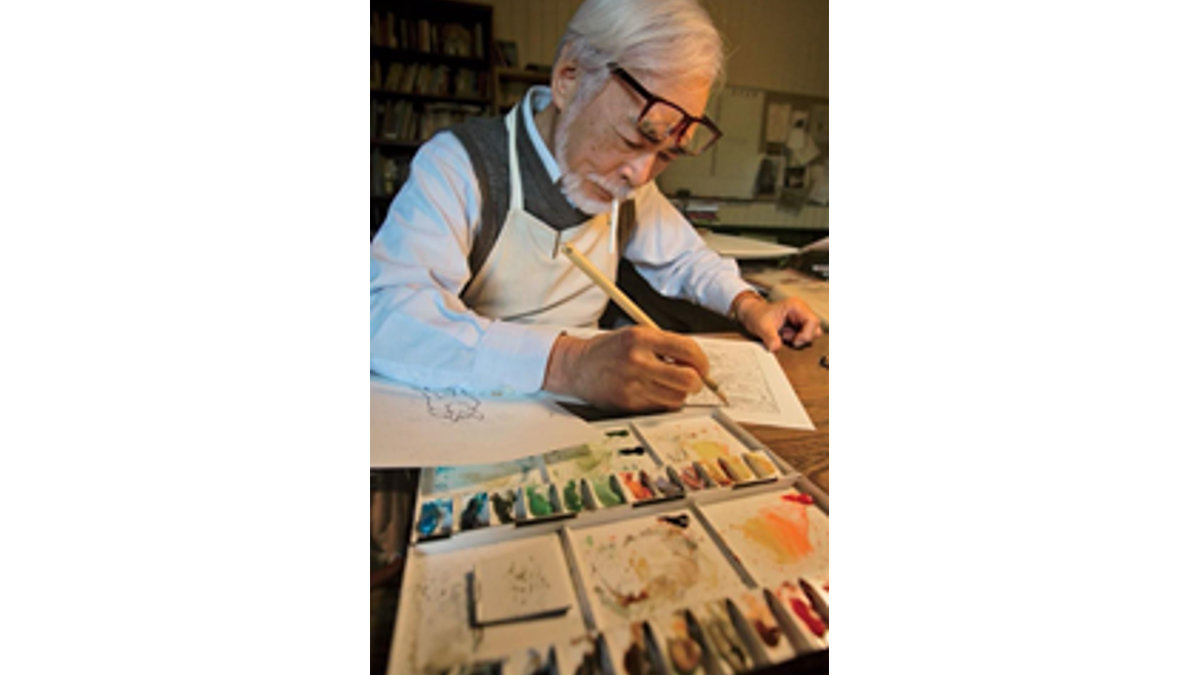
The Origins of Ghibli Art
Ghibli art originates from Studio Ghibli, a legendary Japanese animation studio co-founded by Hayao Miyazaki, Isao Takahata, and Toshio Suzuki in 1985. The studio is known for its visually stunning, hand-drawn animation, rich storytelling, and deep emotional impact. Some of its most celebrated films include Spirited Away, My Neighbor Totoro, Princess Mononoke, and Howl’s Moving Castle.
Ghibli’s art is characterized by lush backgrounds, detailed character designs, soft color palettes, and an ethereal, almost dreamlike quality. This distinct aesthetic has influenced not just Japanese animation but also Western filmmakers, illustrators, and digital artists worldwide.
The Rise of Ghibli-Inspired Digital Art
Recently, social media has been flooded with Ghibli-style reimaginings of famous movie scenes, celebrity portraits, and AI-generated landscapes. Production houses and artists alike have jumped on the trend, using AI tools to replicate the signature Ghibli look. Platforms like ChatGPT’s image-generation models and Midjourney have allowed creators to generate Ghibli-style artwork with just a few prompts.
The Impact of Ghibli on Japanese Cinema
Studio Ghibli’s contributions to Japanese cinema are immeasurable. Over nearly four decades, the studio has not only redefined animated storytelling but also pushed the boundaries of hand-drawn animation in a digital age. Their films are meticulously crafted, often taking years to complete, with Miyazaki himself being known for his painstaking attention to detail, each frame is carefully painted to ensure a seamless cinematic experience.
Miyazaki’s works have inspired countless animators and filmmakers, from Pixar’s John Lasseter to Disney’s Pete Docter, and have won multiple international awards, including an Academy Award for Spirited Away (2001).
Miyazaki’s Reaction to AI-Generated Ghibli Art
Hayao Miyazaki, known for his strong opinions on traditional animation, has expressed disdain for AI-generated art. In a past interview, he called AI animation “an insult to life itself” and emphasized the importance of human touch in storytelling. Despite this, AI tools continue to evolve, and fans are using them to celebrate his style in new and creative ways. While the master animator may not approve, the Ghibli-inspired AI trend has undeniably introduced his artistic vision to a new generation of fans.
The Future of AI in Anime
As AI technology advances, it poses both opportunities and challenges for the anime industry. While AI-assisted animation could reduce production time and costs, purists argue that it lacks the soul of traditional hand-drawn animation. Some studios are already experimenting with AI for background art and in-between frames, but the debate remains: Can AI ever truly replicate the magic of Ghibli?
Conclusion
The rise of Ghibli-style digital art showcases the timeless influence of Studio Ghibli on pop culture and visual storytelling. Whether through traditional hand-drawn animation or AI-generated interpretations, the enchanting worlds of Miyazaki and his team continue to inspire generations of artists and filmmakers. While technology may shape the future of anime, the heart of Ghibli remains rooted in human creativity, emotion, and a love for storytelling.
By Prachi Mehta
